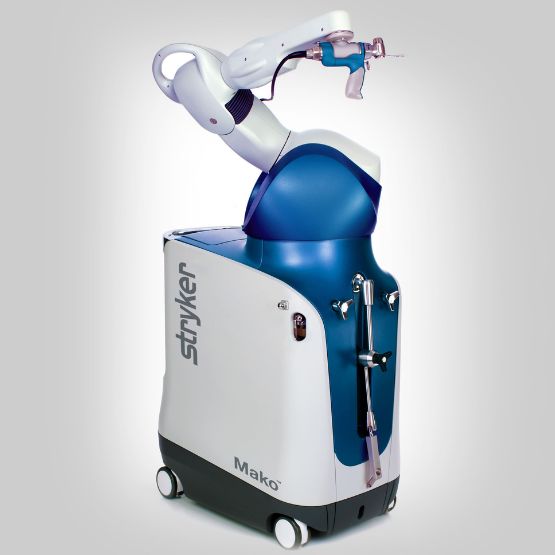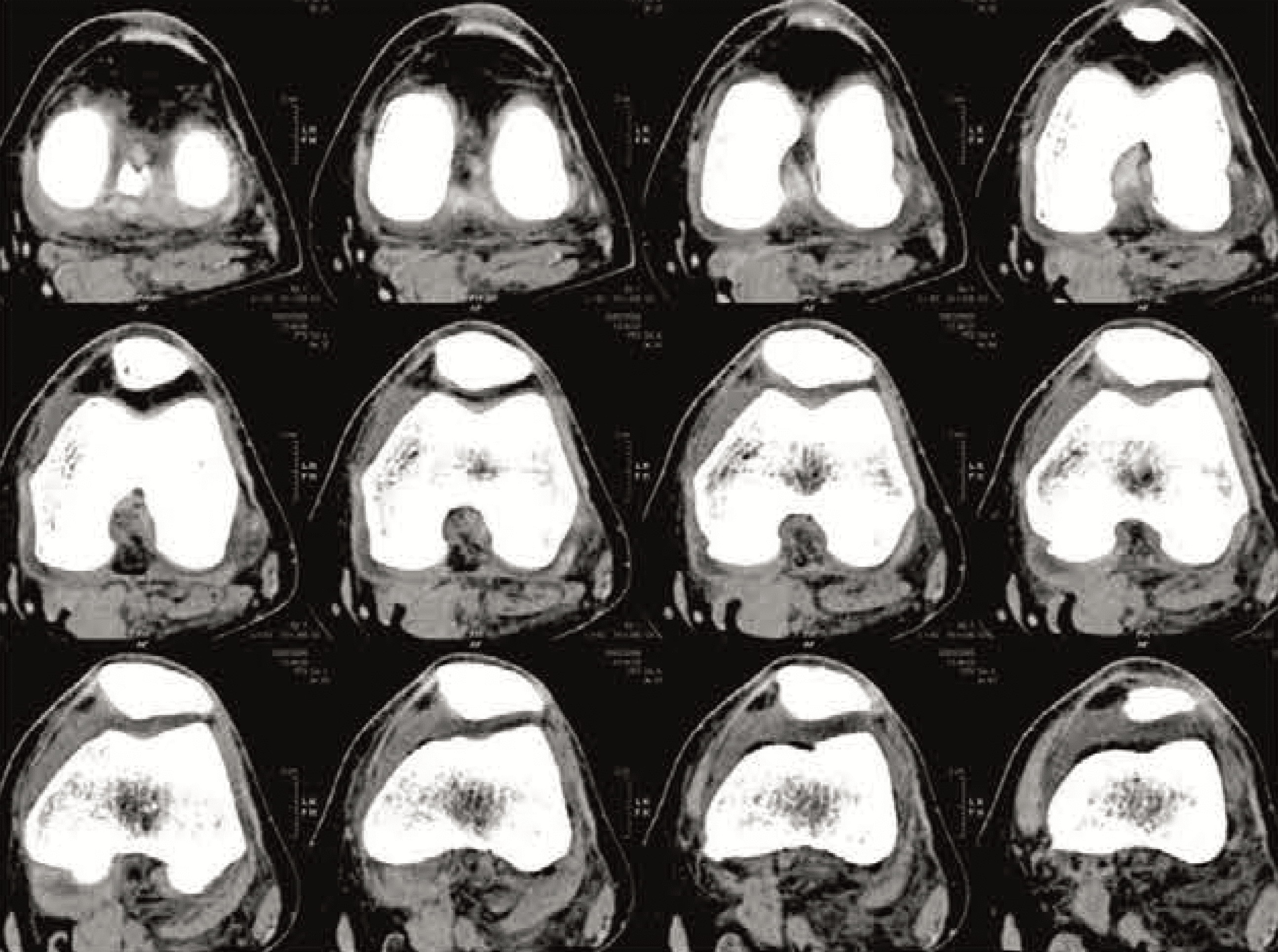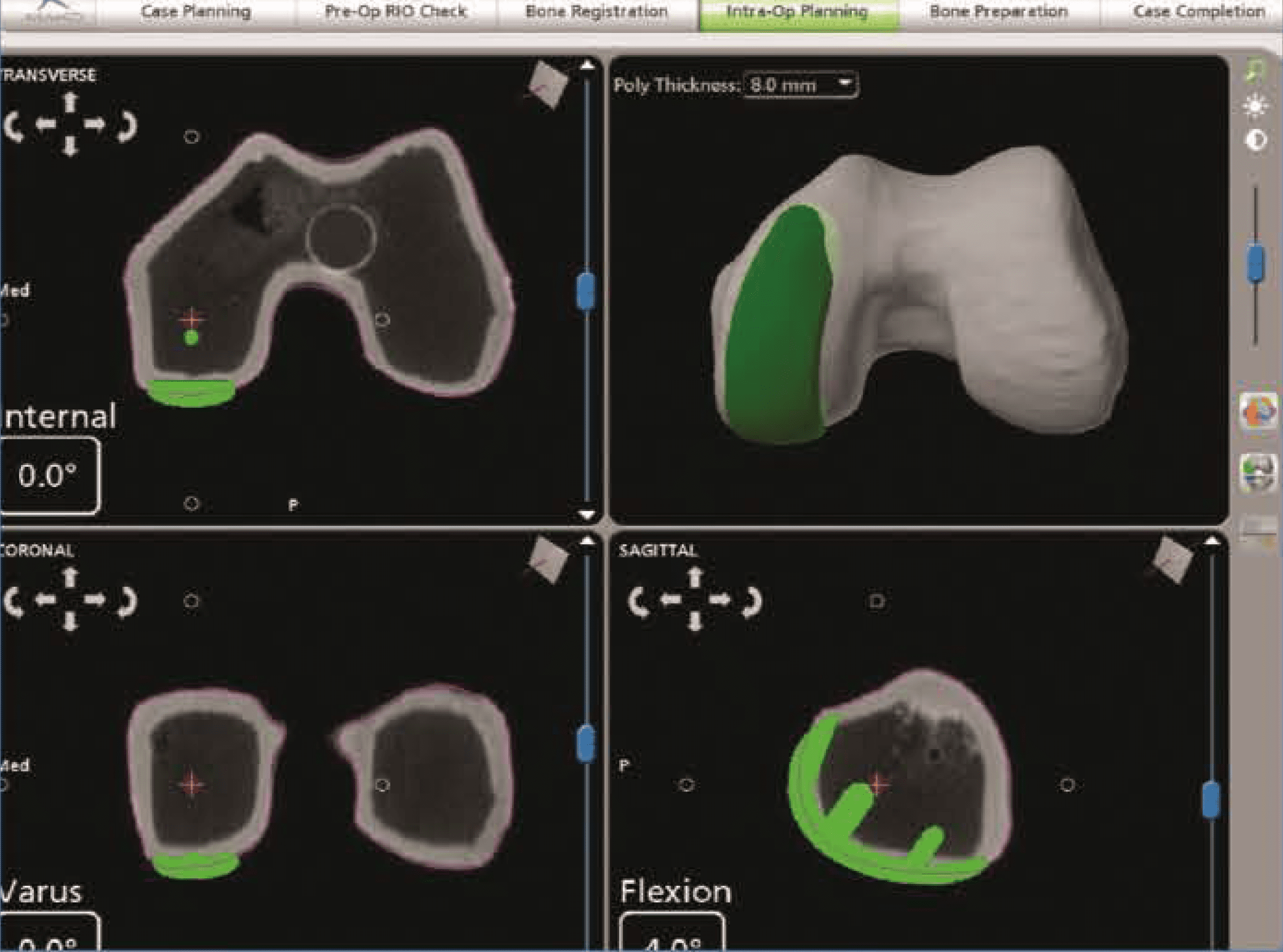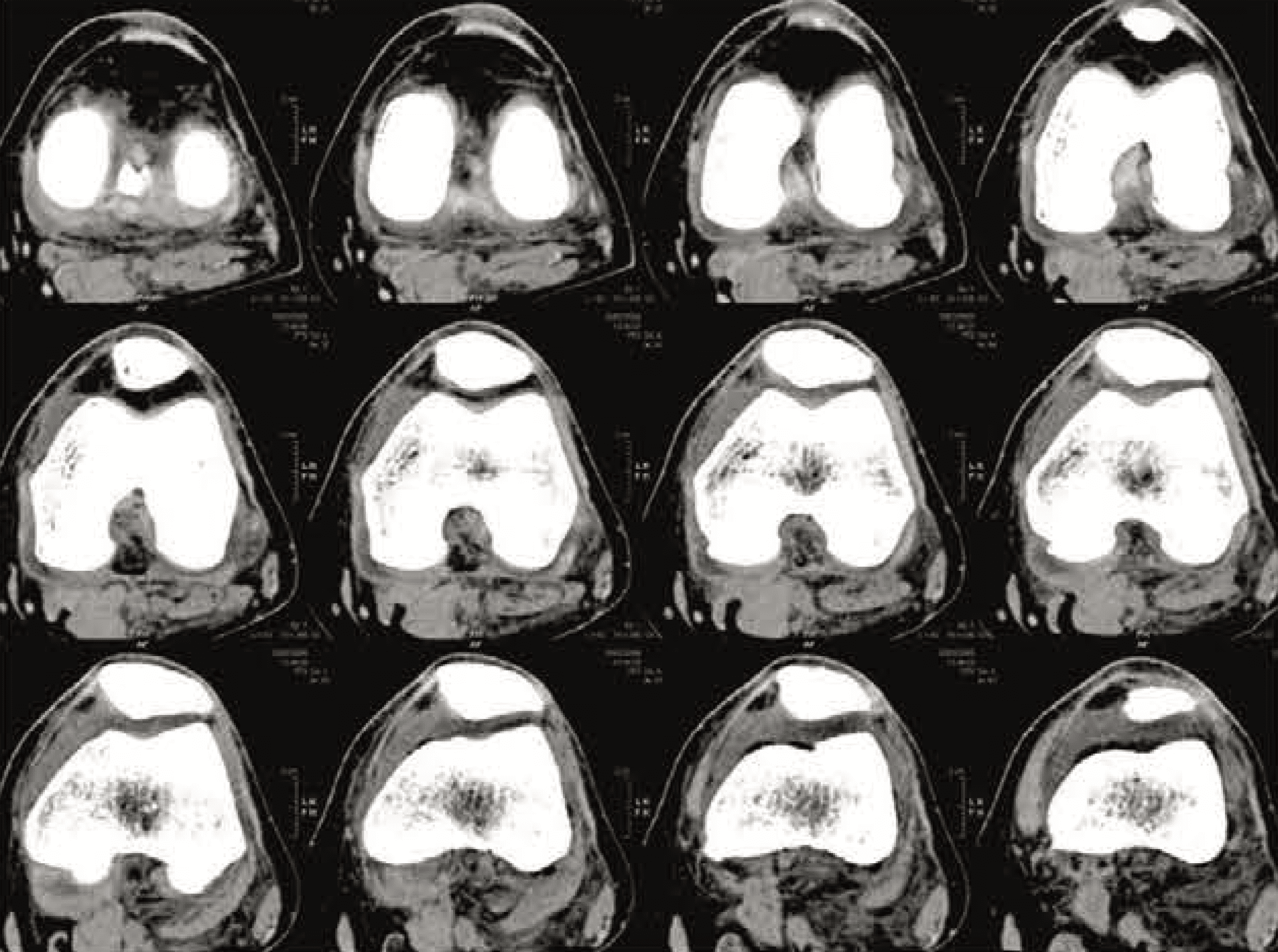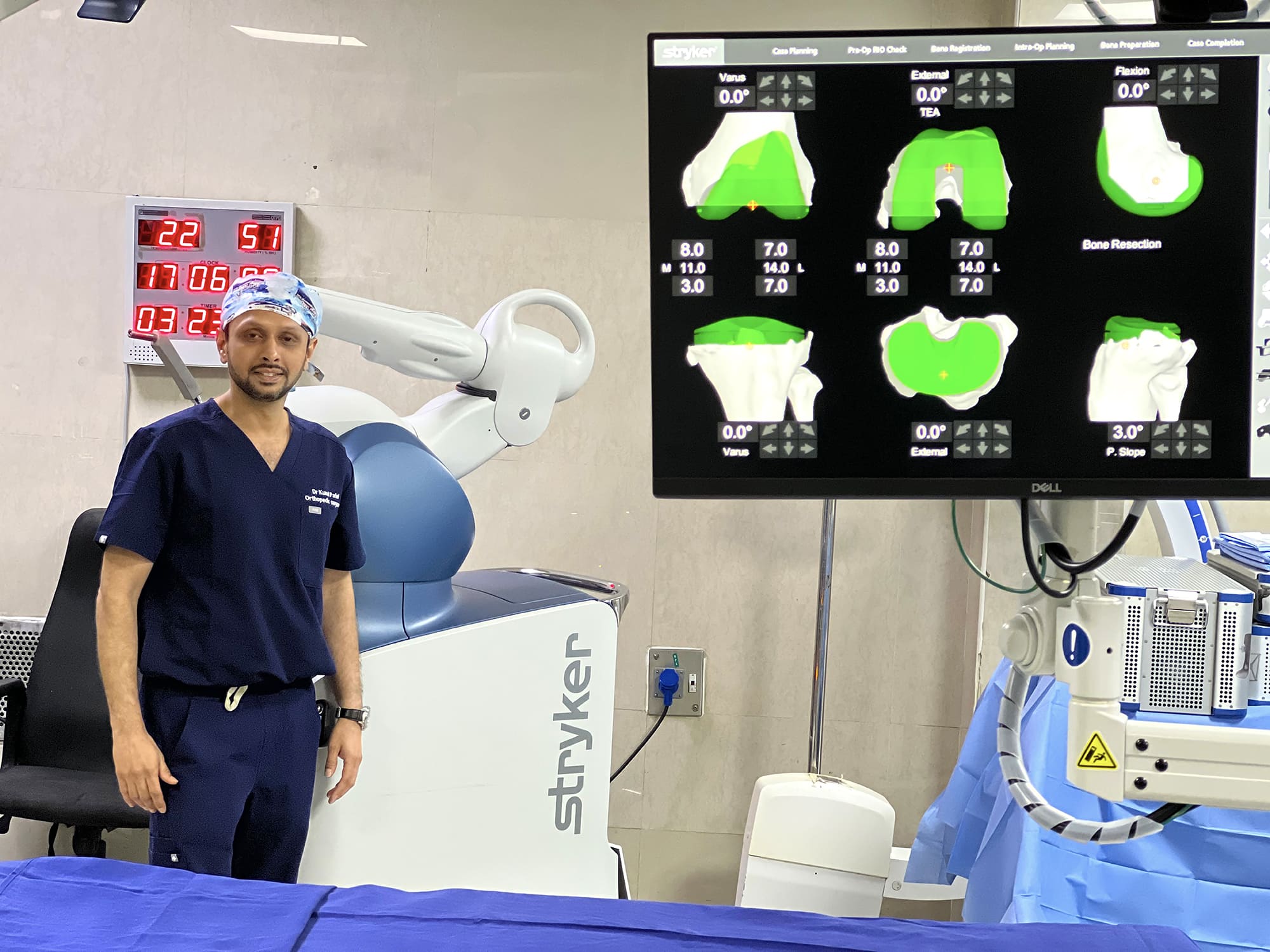Your orthopaedic surgeon may advise knee replacement surgery if you do not get relief from conservative orthopedic treatment alternatives, including bracing, medication, or joint fluid supplements.
Techniques and instruments for knee replacement have advanced significantly over time. An illustration of how technology is changing joint replacement procedures is the Mako Robotic-Arm-Assisted Technology. performed.
It is crucial to realize that the Mako robotic assisted arm only assists in the robotic surgery in chennai when you hear the phrase "robotic assisted arm assisted technology."
The Mako System software is used by an orthopaedic surgeon to design your surgery before it is carried out. The Mako robotic arm will be guided by your orthopedic surgeon to remove damaged bone and cartilage.
To assist surgeons in giving patients a personalized surgical experience based on their unique diagnosis and anatomy, Mako Technology was developed.

